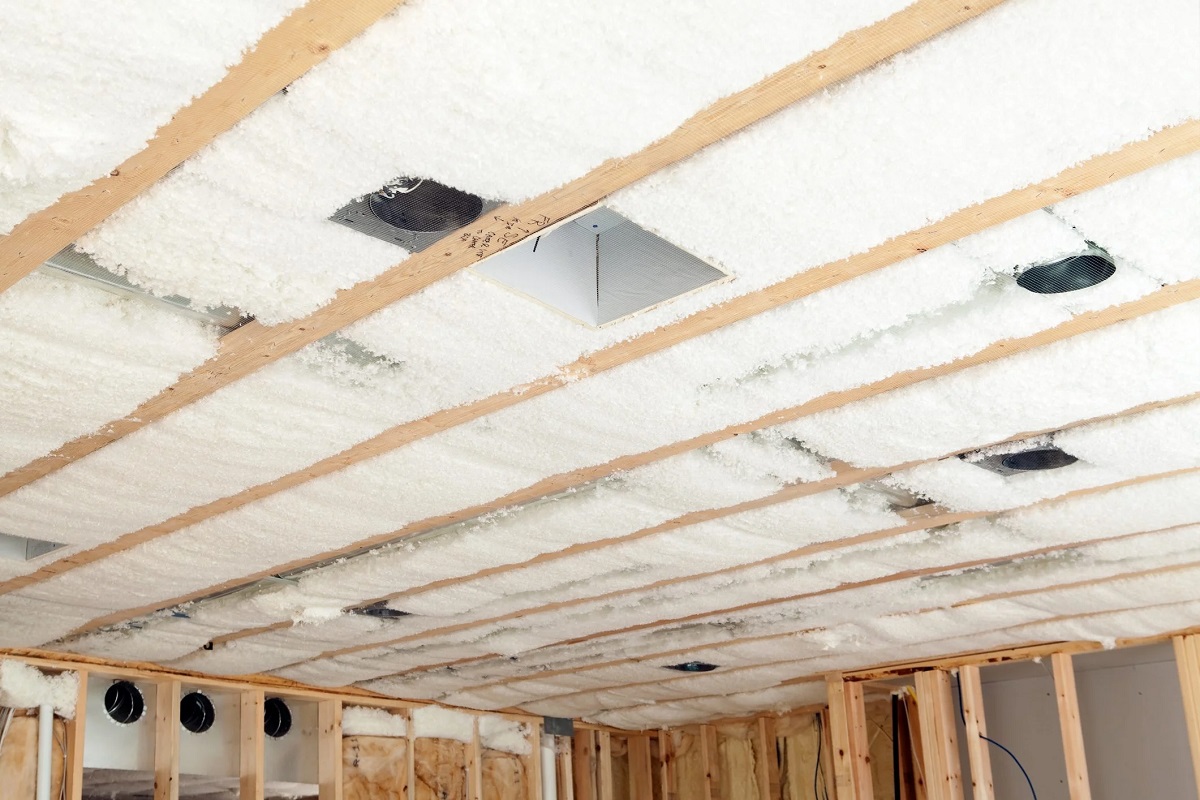

Articles
How To Soundproof A Basement
Modified: February 23, 2024
Looking for articles on how to soundproof your basement? Discover effective tips and techniques to minimize noise and create a peaceful living space.
(Many of the links in this article redirect to a specific reviewed product. Your purchase of these products through affiliate links helps to generate commission for Storables.com, at no extra cost. Learn more)
Introduction
Welcome to our comprehensive guide on how to soundproof a basement. The basement is often a versatile space that can be transformed into a home office, a playroom, or a media room. However, one common issue that many homeowners face is dealing with unwanted noise that can penetrate through the basement walls and floors. Whether it’s the sound of footsteps, a noisy heater, or even the chatter from the living room above, a lack of sound insulation can be a major annoyance.
Fortunately, with the right techniques and materials, you can effectively soundproof your basement, creating a more peaceful and enjoyable living environment. In this article, we will take you through the step-by-step process of assessing the noise, sealing cracks and gaps, insulating the walls, soundproofing the ceiling, addressing windows, installing soundproof doors, selecting soundproof flooring, and adding soundproofing accessories to maximize the sound insulation in your basement.
Before diving into the specific techniques, it’s important to note that while complete soundproofing may not always be achievable, the goal is to significantly reduce the amount of noise transfer and create a quieter space. Let’s get started!
Key Takeaways:
- Assess the sources of noise in your basement and seal cracks and gaps to create a more peaceful environment. Insulate walls, soundproof the ceiling, and address windows and doors to minimize noise transmission.
- Choose soundproof flooring and add accessories like curtains and acoustic panels to further enhance the sound isolation of your basement. By combining different techniques, you can create a quiet and enjoyable space.
Read more: How To Soundproof A Basement Ceiling
Assessing the Noise
The first step in soundproofing your basement is to assess the sources of noise that need to be addressed. Take a moment to sit in your basement and listen carefully to identify where the noise is coming from and the specific areas that require soundproofing.
Common sources of noise in basements include footsteps from above, HVAC systems, plumbing fixtures, appliances, and outside noise such as traffic or neighbors. It’s important to identify both airborne noise, which travels through the air, and impact noise, which is caused by physical vibrations.
Once you have identified the sources of noise, it’s time to evaluate the existing sound insulation in your basement. Check for any cracks or gaps in the walls, floors, and ceilings that may allow sound to pass through. Insufficient insulation and poor construction can contribute to sound transmission.
Additionally, consider the type of materials used in the construction of your basement. Concrete walls and floors, while sturdy, have poor sound insulation properties. Drywall, on the other hand, can help reduce noise transfer if properly installed and sealed.
By conducting a thorough assessment of the noise sources and the existing sound insulation, you will have a better understanding of the areas that require soundproofing and the specific solutions that will be most effective.
Sealing Cracks and Gaps
One of the key steps in soundproofing your basement is to effectively seal any cracks and gaps in the walls, floors, and ceilings. These openings can serve as pathways for sound to travel through, reducing the effectiveness of your soundproofing efforts.
Start by thoroughly inspecting the basement for any visible cracks or gaps. Use a flashlight to help you spot any hidden areas that may need attention. Common areas to check include the corners where walls meet, around windows and doors, and along baseboards.
Once you have identified the cracks and gaps, use an appropriate sealant to fill them. There are various sealant options available, such as acoustic caulk or silicone sealant, that are designed to provide an airtight and soundproof barrier. Apply the sealant generously, making sure to cover the entire length of the crack or gap.
In addition to sealing cracks and gaps, pay attention to the areas around windows and doors. Install weatherstripping or door sweeps to create a tight seal, preventing noise from infiltrating through these openings. Consider using soundproof curtains or window seals to further block out noise from the outside.
Finally, be sure to seal any openings in the ceiling, such as around light fixtures or vents. Use acoustic putty pads or acoustic sealant to create a soundproof seal and minimize sound leakage.
By effectively sealing cracks and gaps, you can greatly reduce the amount of noise that enters or exits your basement, creating a more peaceful and isolated environment.
Insulating the Walls
Insulating the walls of your basement is a crucial step in soundproofing. Proper insulation helps to absorb and dampen sound, preventing it from traveling through the walls and into other areas of your home.
There are several insulation materials that you can use to soundproof your basement walls. One popular option is to install fiberglass insulation batts. These are placed between the wall studs, providing a barrier that helps to reduce sound transmission. Be sure to choose insulation with a high Sound Transmission Class (STC) rating for optimal soundproofing.
Before installing the insulation, it’s important to address any existing issues such as moisture or mold. Ensure that your basement is dry and free from any water leaks or condensation. If necessary, consult a professional to address these issues before proceeding.
To install the insulation, measure the space between the wall studs and cut the insulation batts to fit snugly in the cavity. Wear protective gloves and a mask to prevent skin irritation and respiratory problems. Gently press the batts against the wall, ensuring that they are evenly distributed and fill the entire space. Avoid compressing the insulation, as this can reduce its soundproofing effectiveness.
After installing the insulation, it’s recommended to add a layer of drywall to further enhance the soundproofing. Use a resilient channel, also known as a sound isolation clip, to attach the drywall to the studs. This helps to decouple the drywall from the structure, reducing sound vibrations.
Another option for wall insulation is the use of acoustic panels or foam. These specialized panels are designed to absorb sound waves, preventing them from bouncing around the room. You can easily mount these panels on the walls to reduce echo and improve the overall sound quality in your basement.
Remember, proper insulation is key to creating an effective sound barrier in your basement. Take the time to choose the appropriate insulation materials and techniques to ensure maximum soundproofing results.
Soundproofing the Ceiling
When it comes to soundproofing your basement, addressing the ceiling is another important aspect. The ceiling is often a major pathway for noise transmission, especially from the floors above. By implementing effective soundproofing techniques, you can significantly reduce the impact of noise from the upper levels of your home.
One of the most effective methods for soundproofing the ceiling is to install a resilient channel system. This involves attaching metal channels to the ceiling joists and then attaching the drywall to these channels. The resilient channels create a gap between the drywall and the structure, which helps to minimize sound vibrations passing through.
When selecting the drywall, opt for thicker and denser options as they offer better sound insulation. Consider using soundproof drywall or adding a layer of mass-loaded vinyl between the drywall sheets to further enhance the soundproofing effectiveness.
Another technique to consider is the use of acoustic panels on the ceiling. These panels are designed to absorb and diffuse sound, reducing echo and improving the acoustics of the space. Mount the panels strategically to cover the areas where sound tends to bounce off, such as above seating areas or in home theater setups.
If budget allows, consider installing a drop ceiling with soundproofing materials. This involves suspending a grid system from the existing ceiling and installing sound-absorbing tiles or panels within the grid. This not only provides effective soundproofing but also allows for easy access to the ceiling for maintenance purposes.
Additionally, it’s important to seal any gaps or cracks in the ceiling. Use acoustic caulk or sealant to fill in these openings and create a tight seal. Pay attention to areas where light fixtures, vents, or other ceiling fixtures are installed, as these can be potential sources of sound leakage.
By implementing these soundproofing techniques, you can greatly reduce the amount of noise that travels through the ceiling, creating a quieter and more enjoyable basement space.
Seal any gaps or cracks in the walls, windows, and doors with acoustical caulk or weatherstripping to prevent sound from entering or exiting the basement.
Read more: How To Soundproof A Closet
Soundproofing the Windows
Windows are often a major source of noise infiltration in a basement. The thin glass and lack of insulation can allow outside noise to easily penetrate the space. To combat this issue and improve the soundproofing of your basement, there are several methods you can employ.
One of the most effective ways to soundproof windows is by adding secondary window glazing. This involves installing an additional layer of glass or acrylic to create an insulating air gap between the existing window and the secondary glazing. This air gap helps to reduce sound vibrations and block out noise. There are many commercial options available for secondary glazing systems that are easy to install and can be removed if necessary.
If adding secondary glazing is not feasible, you can also use soundproof curtains or window seals to minimize noise infiltration. Soundproof curtains are thick and heavy, designed to absorb and block out sound waves. Install these curtains on the windows, ensuring they cover the entire window area. Window seals, on the other hand, are adhesive strips that can be applied around the window frame to create a tight seal and prevent sound leaks.
An additional option is to use window inserts made of soundproof materials. These inserts can be easily placed over the existing windows and provide an extra barrier against noise. They are particularly useful for temporary soundproofing solutions or for renters who cannot make permanent modifications to the windows.
Another consideration is the use of soundproof window films. These films are applied to the glass and help to reduce noise transmission by adding an extra layer of insulation. They can also provide added benefits such as UV protection and improved energy efficiency.
Lastly, it’s important to seal any gaps or cracks around the windows. Use weatherstripping or caulking to create a tight seal between the window frame and the wall. This will help prevent sound from seeping in through these openings.
By applying these soundproofing techniques to your windows, you can significantly reduce the amount of outside noise that enters your basement, creating a more peaceful and tranquil environment.
Installing Soundproof Doors
When it comes to soundproofing a basement, the doors play a crucial role in preventing noise transmission. Standard doors often have gaps and lack proper insulation, allowing sound to easily travel through. By installing soundproof doors, you can greatly enhance the soundproofing capabilities of your basement and create a quieter space.
One option is to replace your existing doors with solid-core doors. Solid-core doors are heavier and denser than hollow-core doors, providing better sound insulation. They are made from materials such as wood or composite and effectively block out noise by reducing sound vibrations.
If replacing the doors is not feasible or within your budget, you can explore other options to soundproof them. One method is to add weatherstripping around the door frame. Weatherstripping creates a tight seal, preventing sound from leaking through any gaps. Use adhesive-backed foam or rubber weatherstripping for effective results.
Another technique is to install a door sweep at the bottom of the door. A door sweep is a strip of material, typically rubber or brush-like, that seals the gap between the door and the floor. This helps to prevent sound from traveling underneath the door.
To further enhance the soundproofing of the doors, consider adding soundproofing materials such as mass-loaded vinyl or acoustic panels. Mass-loaded vinyl, also known as MLV, is a dense material that can be applied to the door surface. It adds an extra layer of sound insulation, reducing noise transmission. Acoustic panels can also be strategically placed on the door to absorb and diffuse sound waves.
Lastly, it’s important to ensure that the door frame is properly sealed. Inspect the frame for any gaps or cracks, and use acoustic sealant or caulk to fill them in. This will help to create an airtight seal and minimize sound leakage.
By installing soundproof doors or implementing these soundproofing techniques, you can significantly reduce the amount of noise that enters or exits your basement through the doors, creating a more peaceful and private space.
Choosing Soundproof Floorings
When it comes to soundproofing a basement, choosing the right flooring can make a significant difference in reducing the amount of noise that travels through the floors. With various flooring options available, it’s important to select materials that provide effective sound insulation while also meeting your aesthetic and functional preferences.
One of the best flooring options for soundproofing is carpet or carpet tiles. The soft fibers of carpet help to absorb sound waves, preventing them from bouncing off hard surfaces and reducing echo. Opt for a thick, dense carpet with a high pile to maximize the soundproofing qualities. Additionally, consider using an acoustic underlayment beneath the carpet for further sound absorption.
If you prefer hard surface flooring, such as wood or laminate, choose materials with good soundproofing attributes. Look for products with a high Sound Transmission Class (STC) rating, which indicates their ability to block sound. Cork flooring is a popular choice for soundproofing due to its natural sound-dampening properties. It absorbs impact noise and reduces sound transfer between floors.
Another option to consider is rubber flooring. Rubber has excellent sound-absorbing qualities and can effectively reduce impact noise. It is especially suitable for areas where noise from activities like exercising or playing may occur.
Engineered wood flooring with an acoustic underlayment is also a viable option for soundproofing. The underlayment helps to reduce sound transfer and improve the acoustic performance of the floor. Additionally, consider using area rugs or carpet runners strategically placed in high-traffic areas to further absorb sound and reduce noise transmission.
When selecting flooring materials, it’s essential to keep in mind the specific needs and activities in your basement. Consider the level of foot traffic, the potential for spills or moisture, and your personal design preferences. Ultimately, the goal is to choose a flooring option that combines both aesthetic appeal and reliable soundproofing qualities.
In addition to the flooring material itself, it’s crucial to address any gaps or cracks in the subfloor. Use a suitable floor leveling compound to even out the surface and fill in any imperfections. This will help minimize sound transfer and ensure a solid foundation for your chosen soundproof flooring.
By carefully considering your flooring options and implementing proper installation techniques, you can effectively reduce noise transmission through the floors of your basement, creating a quieter and more comfortable living environment.
Adding Soundproofing Accessories
In addition to the main soundproofing techniques we’ve discussed so far, there are several accessories and supplementary measures you can take to further enhance the soundproofing capabilities of your basement. These accessories work in combination with other soundproofing methods to create an even quieter and more isolated space.
One accessory to consider is the use of soundproof curtains or acoustic drapes. These heavy and dense curtains are designed to absorb sound waves, preventing them from bouncing off hard surfaces and reducing echo. Install them on windows, doors, or other openings to enhance soundproofing.
Another accessory to incorporate is soundproof foam or acoustic panels. These foam panels are designed to absorb and diffuse sound, minimizing echo and improving the acoustic quality of your basement. They can be easily mounted on walls or ceilings and come in various shapes, sizes, and designs to suit your aesthetic preferences.
For additional soundproofing, consider using soundproof wallpaper or acoustic wall coverings. These specialized wall coverings have sound-absorbing properties and can provide an extra layer of insulation to reduce noise transfer. They can also add visual interest to your basement space.
An often overlooked accessory is the use of furniture and decor to further dampen sound. Placing soft furnishings such as plush rugs, upholstered couches, and cushions can help absorb sound waves and reduce noise reverberation. Additionally, consider incorporating bookshelves or shelves filled with books as they act as natural sound absorbers.
If you have a home theater setup in your basement, consider using soundproofing materials specific to this purpose. Acoustic panels, bass traps, and soundproof curtains tailored for home theaters can enhance the audio experience by absorbing unwanted sound reflections, optimizing the sound quality, and preventing sound leakage to adjacent spaces.
Lastly, don’t forget to address any sources of vibration that may contribute to noise transmission. For example, consider using anti-vibration pads or isolation platforms for appliances such as washing machines or furnaces to minimize the impact noise they generate.
By incorporating these soundproofing accessories into your basement, you can further enhance the effectiveness of your soundproofing efforts. These accessories work in synergy with other soundproofing techniques to create a quiet and comfortable space that is free from the intrusion of unwanted noise.
Read more: How To Soundproof Floor
Conclusion
Congratulations! You have reached the end of our comprehensive guide on how to soundproof a basement. By implementing the various techniques and strategies outlined in this article, you can significantly reduce the amount of noise that enters or exits your basement, creating a more peaceful and enjoyable living space.
We started our journey by assessing the noise sources and identifying areas that require soundproofing. From there, we explored methods to seal cracks and gaps, insulate the walls, soundproof the ceiling, address windows, install soundproof doors, choose appropriate floorings, and add soundproofing accessories.
By sealing cracks and gaps, you prevent sound leakage and create a more airtight environment. Insulating the walls with the right materials helps absorb and dampen sound vibrations, reducing noise transmission. Soundproofing the ceiling minimizes noise from the floors above, while addressing windows and doors eliminates sound leaks from these areas.
Choosing soundproof floorings and adding soundproofing accessories such as curtains, foam panels, or acoustic materials further enhance the sound isolation of your basement. These accessories absorb and diffuse sound waves, minimizing echo and creating a more peaceful atmosphere.
Remember, while complete soundproofing may not always be achievable, the goal is to greatly reduce noise transmission and create a more quiet and peaceful space. By combining different techniques and materials, you can tailor your soundproofing approach to your specific needs and preferences.
We hope that this guide has provided you with valuable insights and practical steps to soundproof your basement effectively. By putting these techniques into practice, you can transform your basement into a versatile and enjoyable space, free from the distractions of unwanted noise. Now, go ahead and enjoy the peace and tranquility of your soundproofed basement!
Frequently Asked Questions about How To Soundproof A Basement
Was this page helpful?
At Storables.com, we guarantee accurate and reliable information. Our content, validated by Expert Board Contributors, is crafted following stringent Editorial Policies. We're committed to providing you with well-researched, expert-backed insights for all your informational needs.
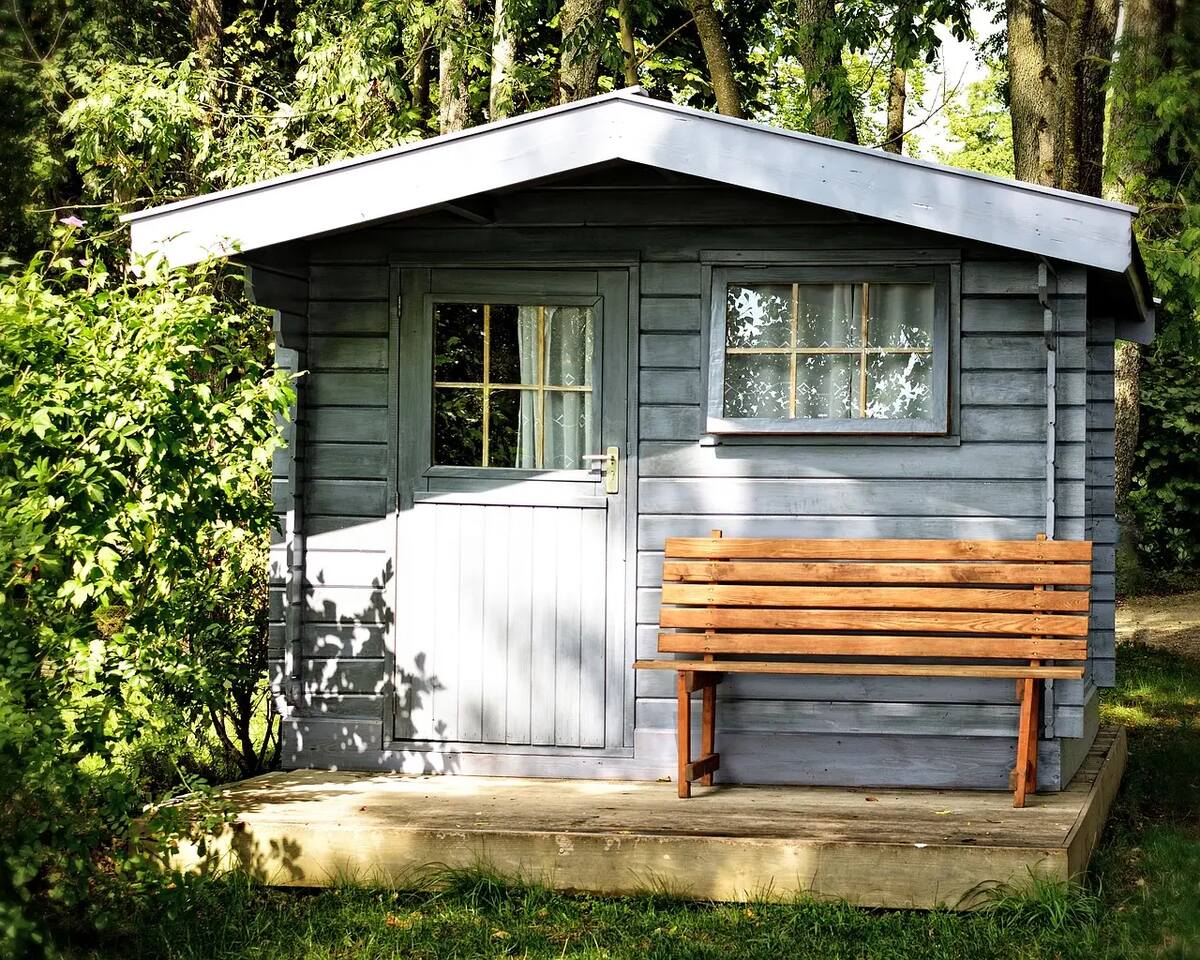
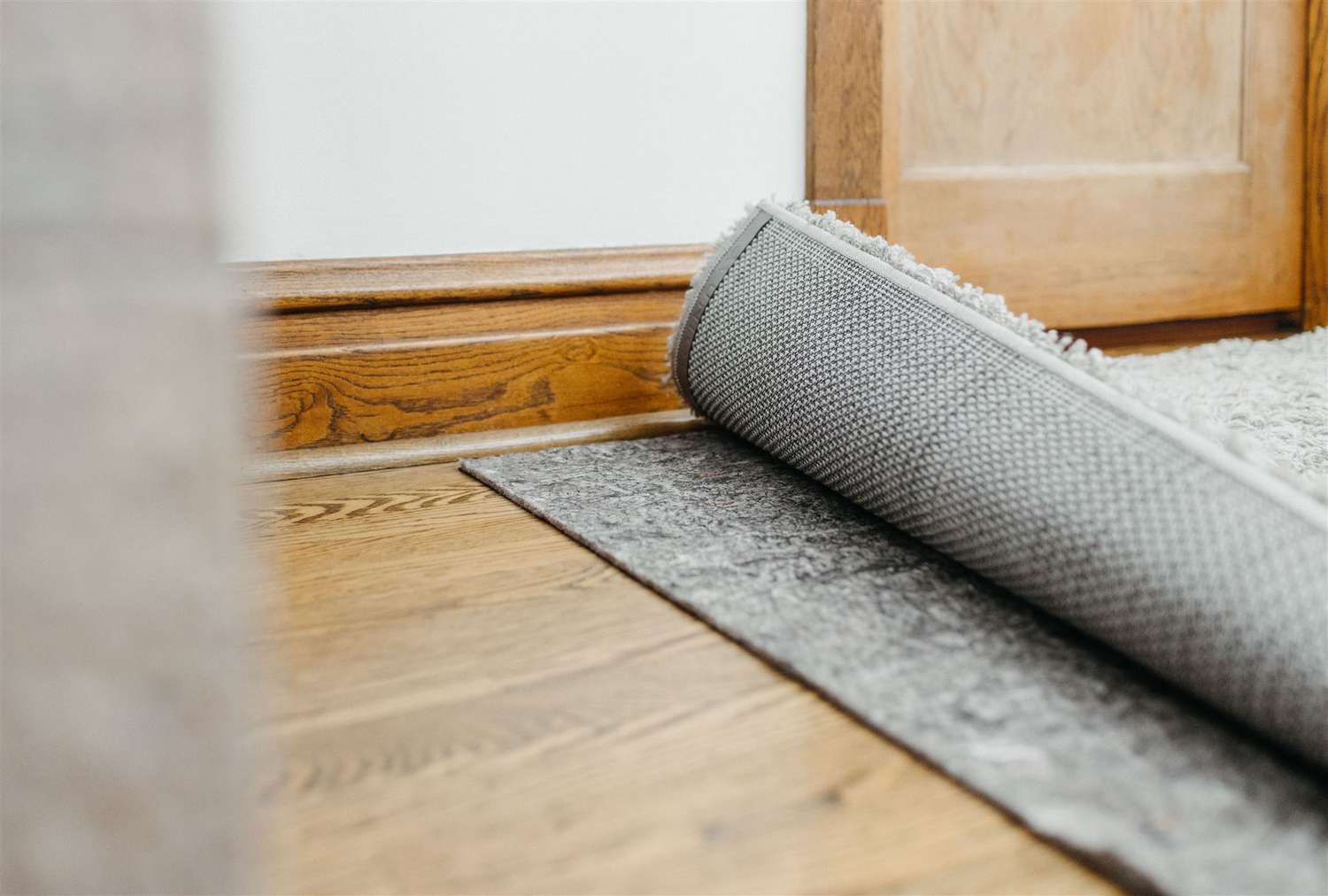
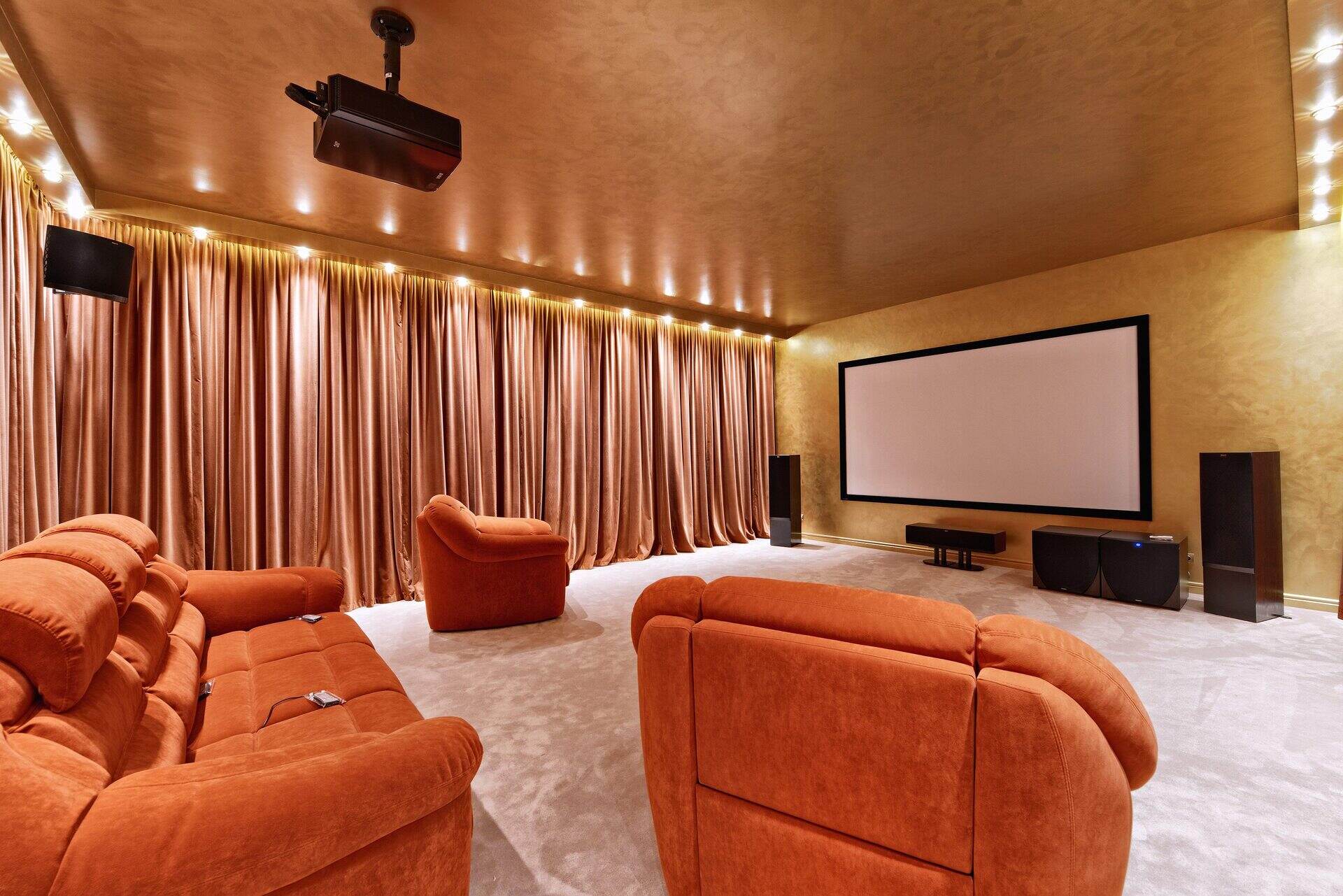

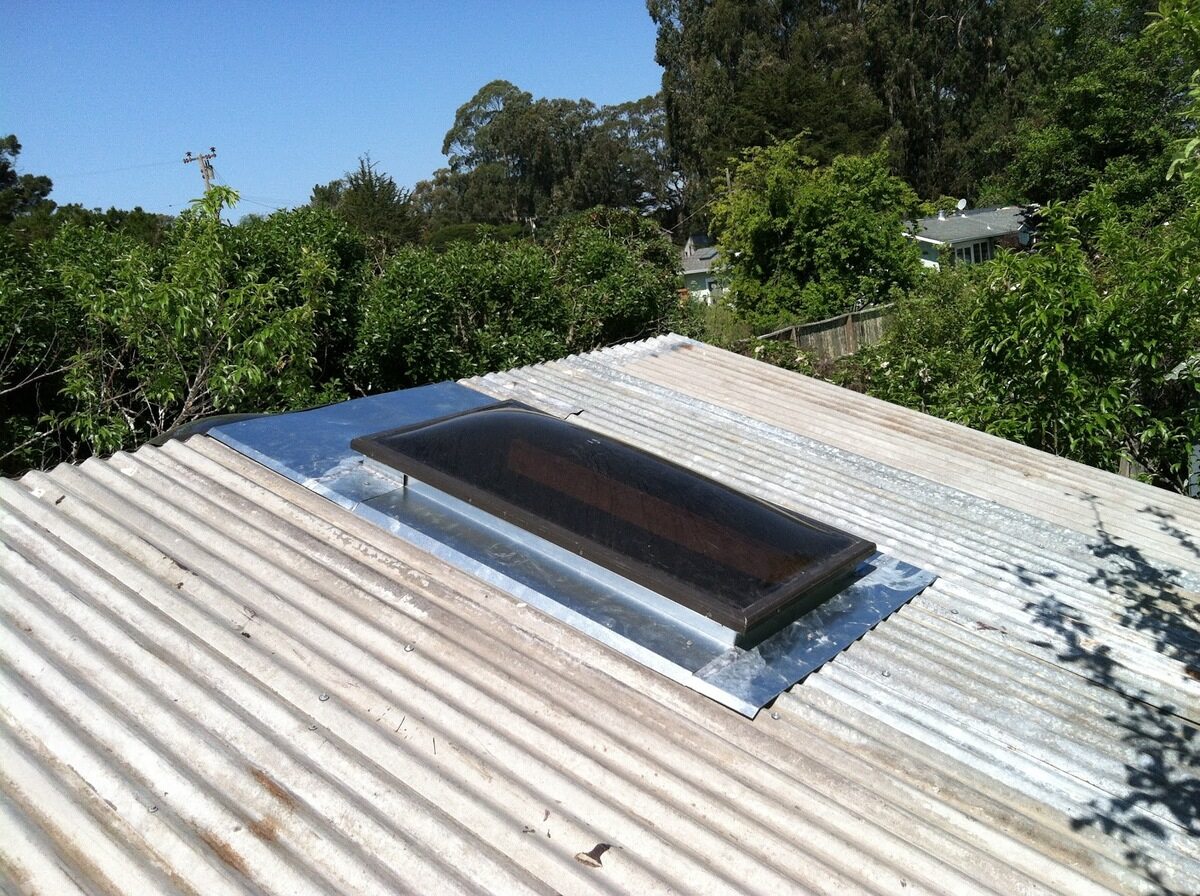
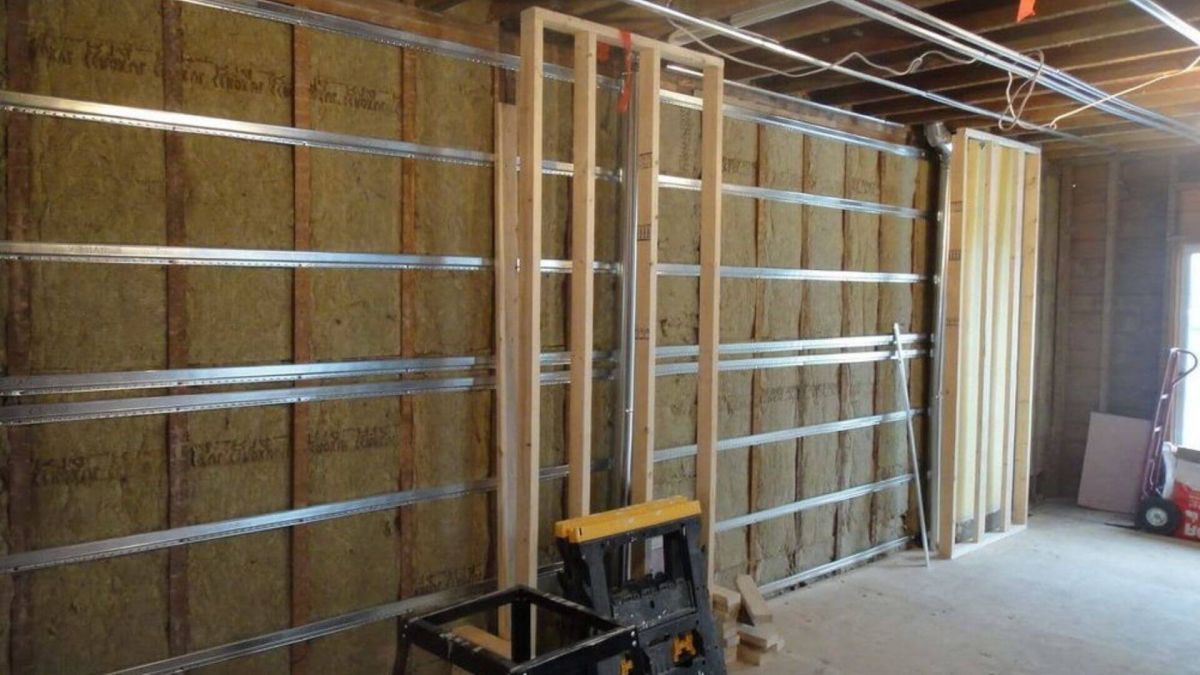
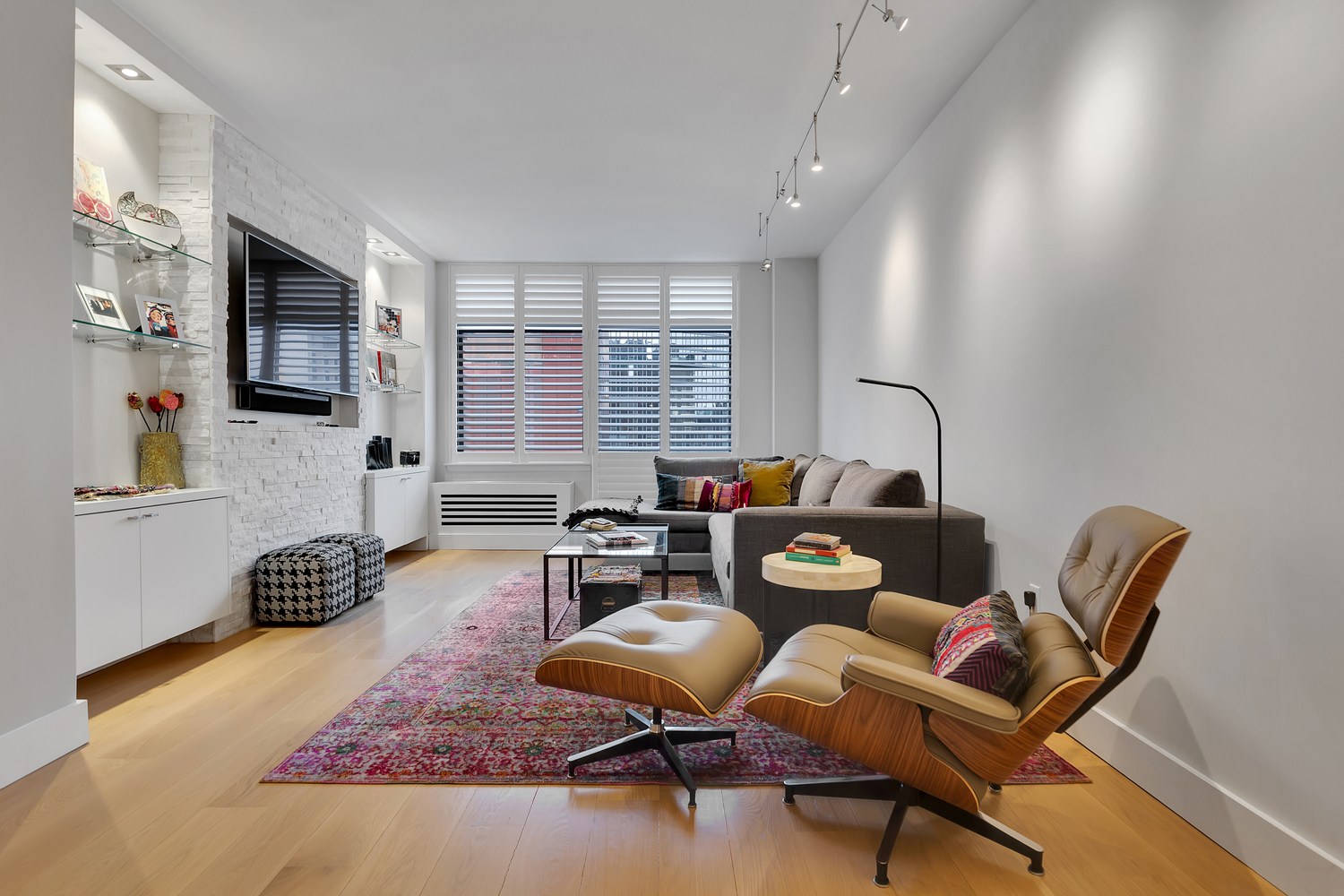
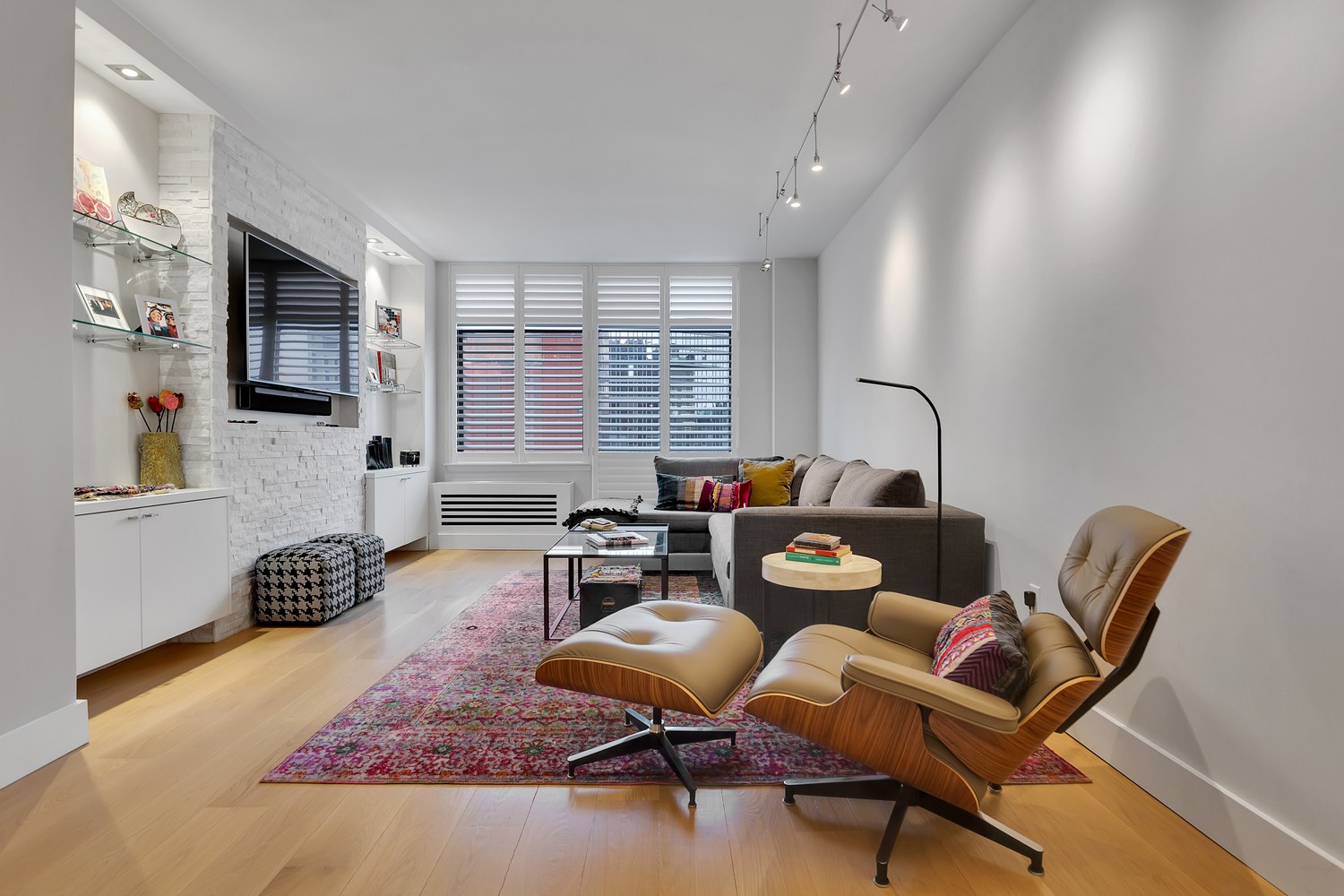
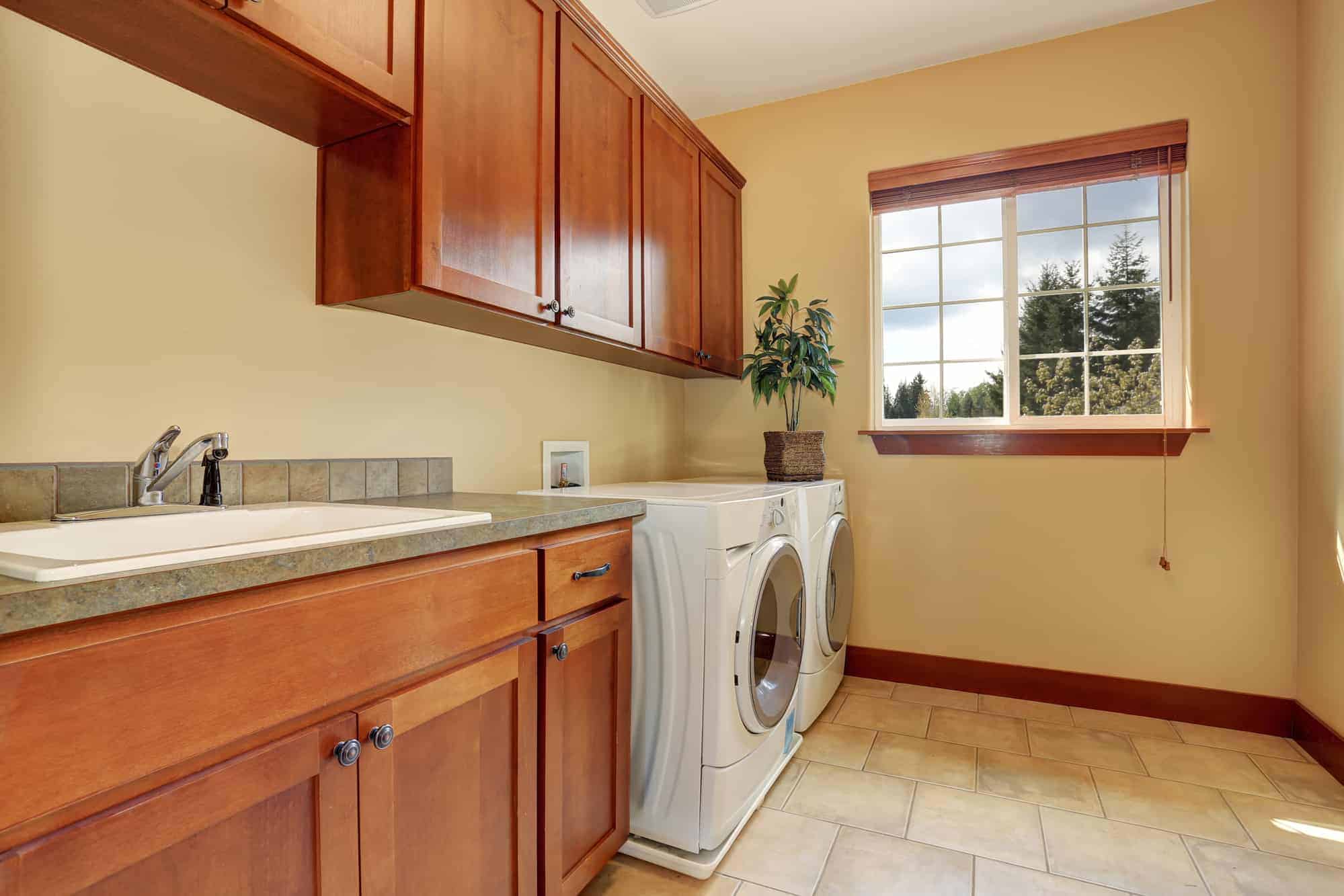
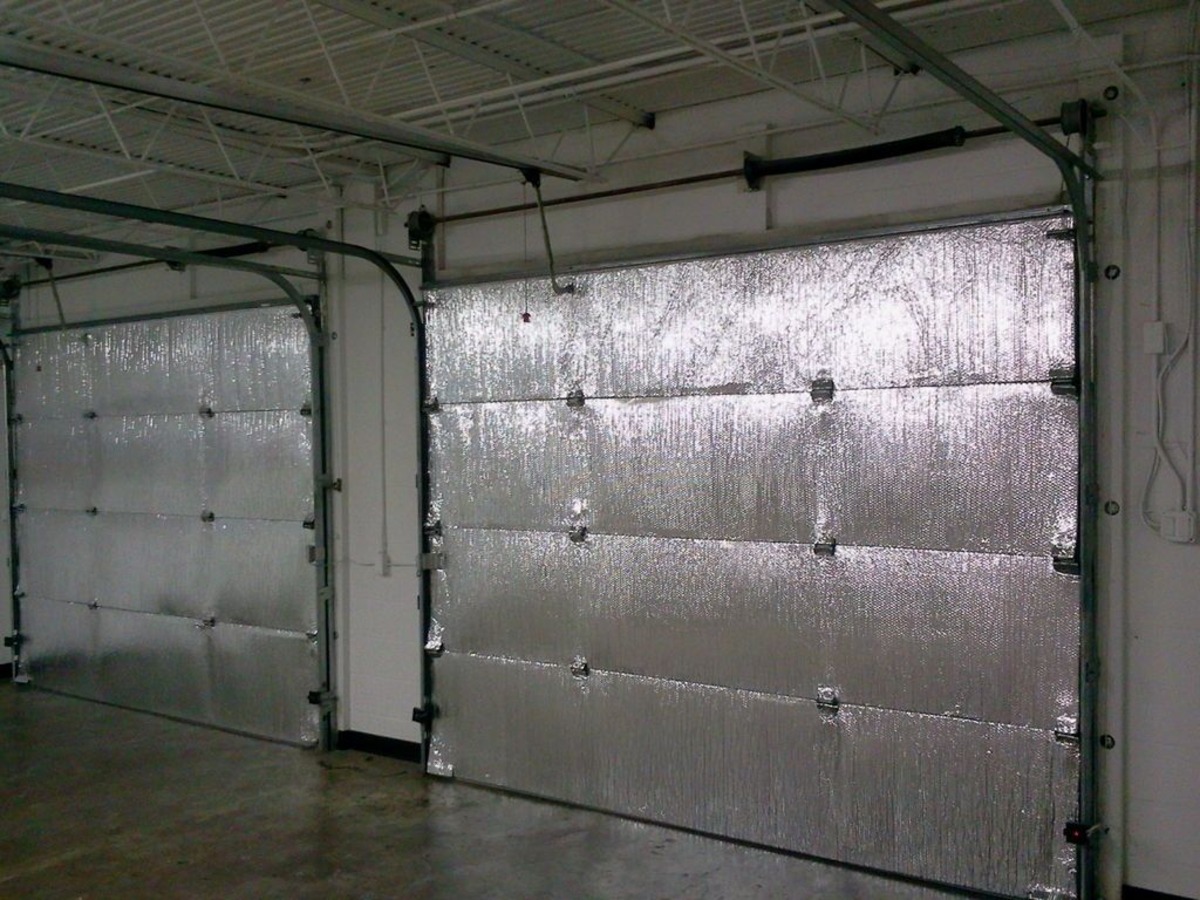
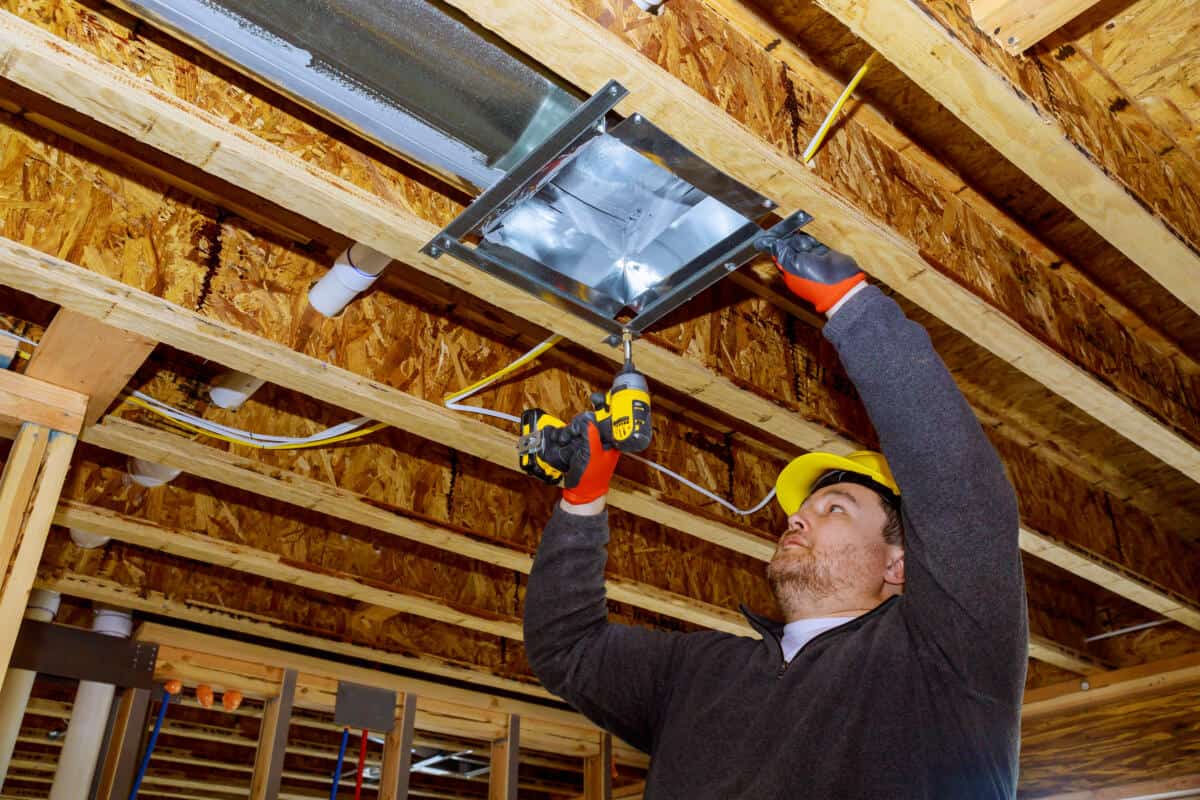
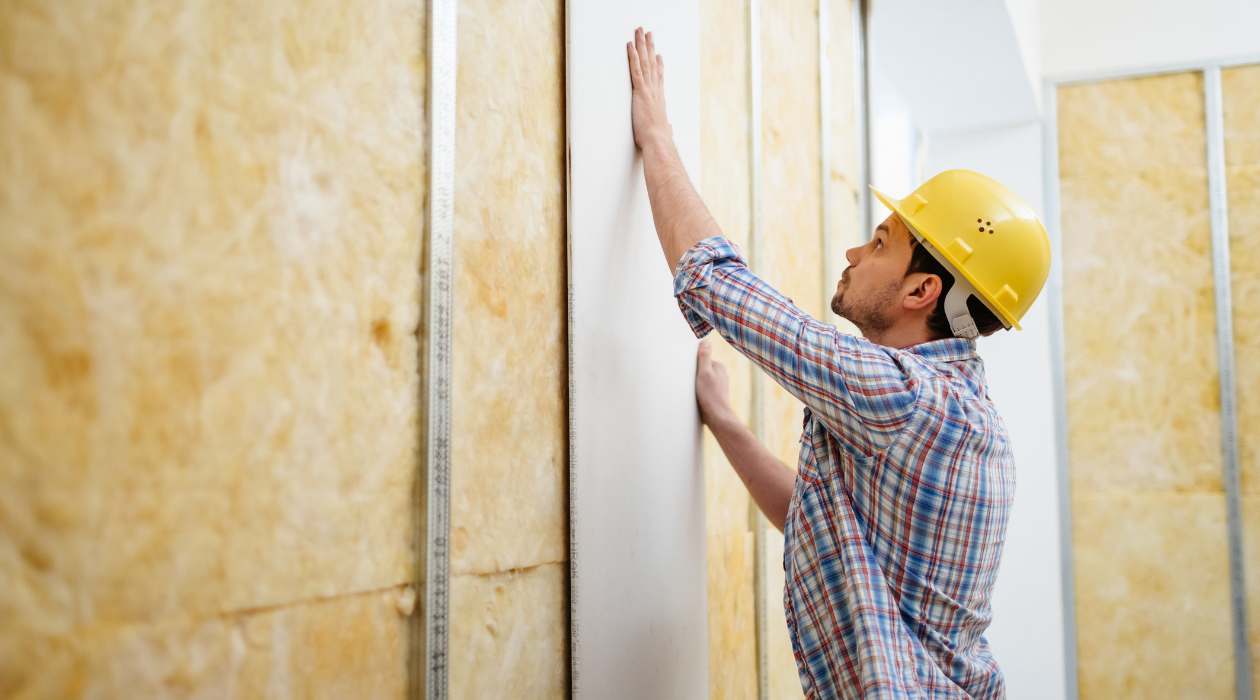
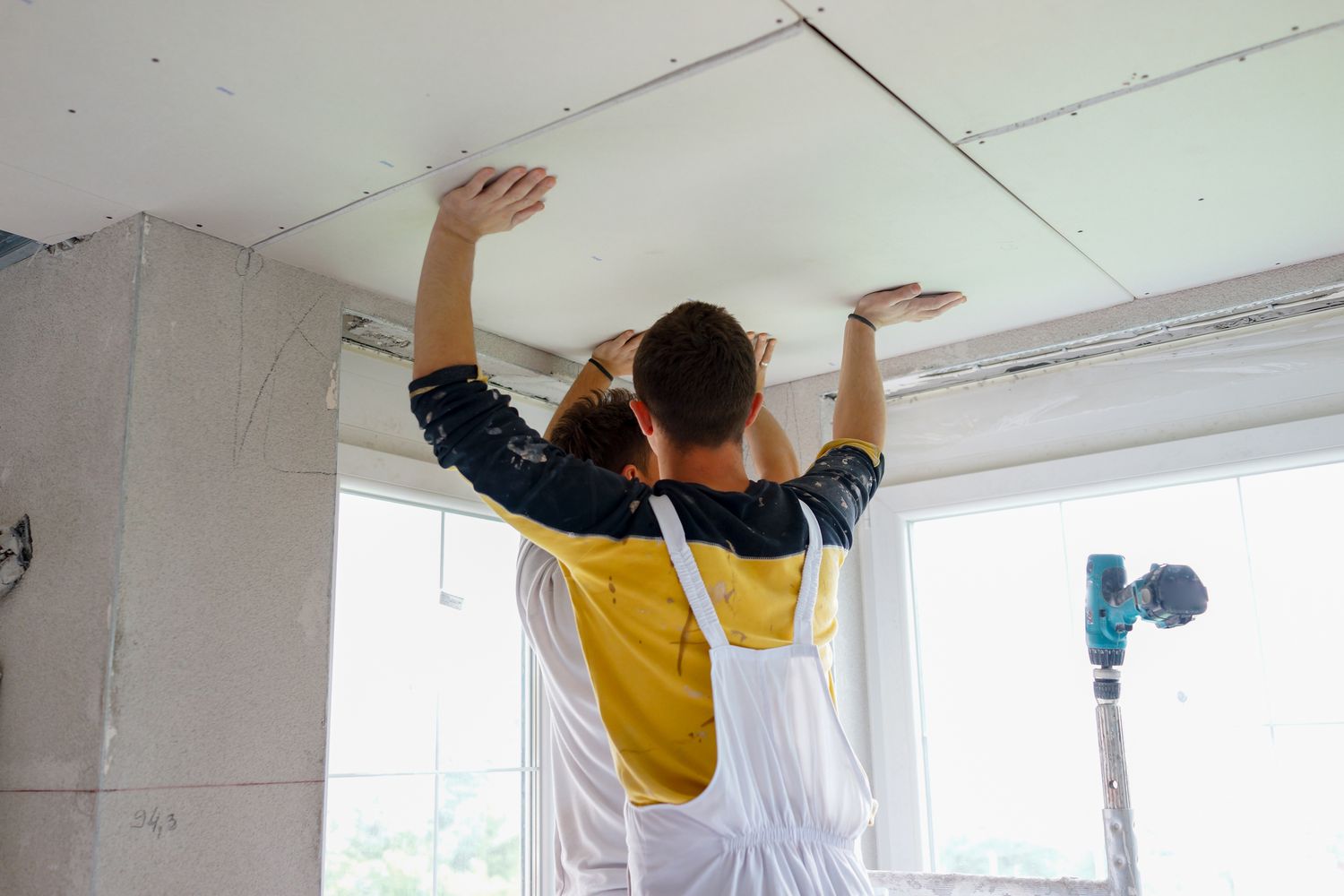

0 thoughts on “How To Soundproof A Basement”